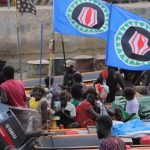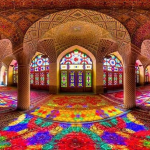Since 2021, North Korea has entered a new boom in residential construction. Among the most notable projects is the Hwasong District, which happens to share its name with the country’s ICBMs. This area now lies along the main route connecting Pyongyang International Airport to the city centre.
After the YPT delegation was invited to visit North Korea in October 2025, we decided to create this guide blog to introduce readers to the Hwasong District – a distinctive new neighbourhood in Pyongyang.
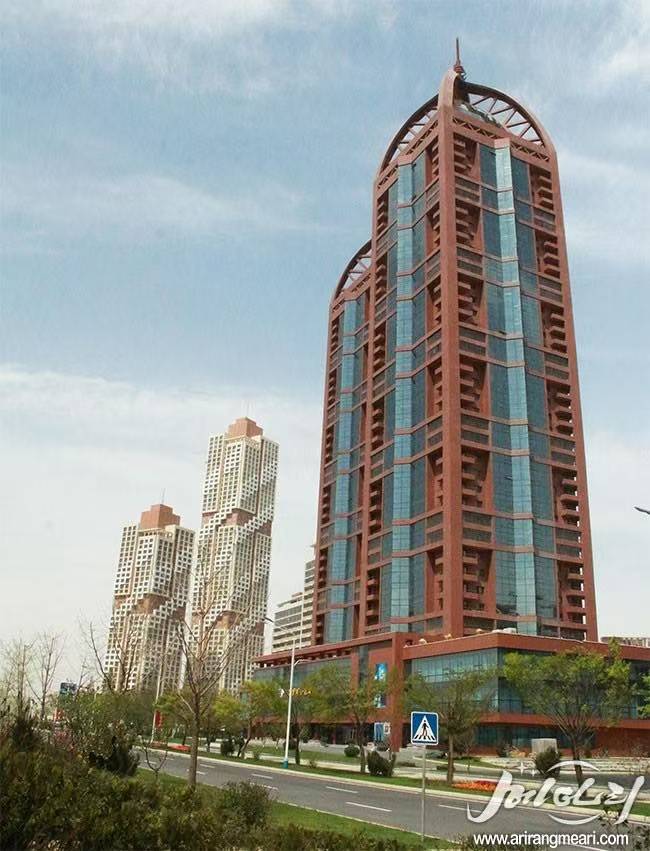
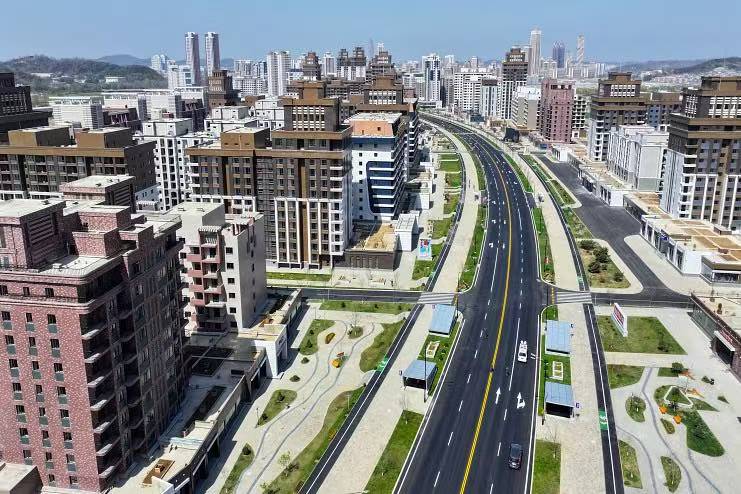
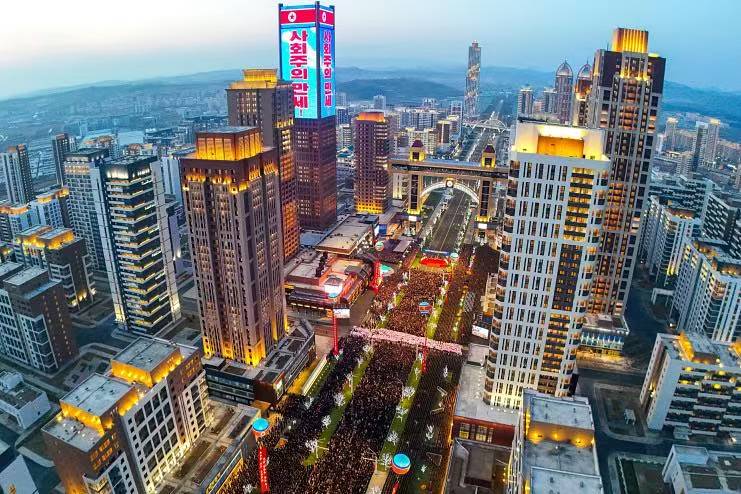
Table of Contents
What Is the Difference Between Hwasong District and Hwasong Street?
Before diving into Hwasong District itself, it’s important to clarify the difference between Hwasong District and Hwasong Street, a place you might have already heard of. You might wonder why that even needs explaining – it sounds a bit like the difference between the Republic of Singapore and the City of Singapore, right? But since this blog will explore all the new streets within Hwasong District, a little background helps set the scene.
Hwasong District is a newly designated administrative area in the northern part of Pyongyang. It was officially separated from Ryongsong District in 2023, two months after the completion of Hwasong Street, following an administrative order. In a way, the construction of Hwasong Street paved the way for the creation of an entirely new district in the capital.
So why was Hwasong Street so significant that it led to the establishment of a new district? The answer lies in its origins. The street was built under the direct guidance of Kim Jong Un as part of the country’s major “50,000 new flats” housing initiative. Simply put, from 2021 to 2025, North Korea aimed to build 10,000 new homes in Pyongyang each year. Hwasong Street marked the second phase of this project and gave its name to Hwasong District. Phases three to five of the same initiative are also located within the district.
These four phases correspond to different stages of Hwasong District’s development: Hwasong Street is Stage No.1, Rimhung Street is Stage No.2, Hwasong Street Stage No.3 forms the fourth phase of the 50,000 new flats program, and Saebyol Street completes the sequence as Stage No.4.
Hwasong District Stage No.1: Hwasong street
The Name of Hwasong Street
Anyone familiar with North Korea, or those who follow military news, might smile when they hear the name Hwasong Street. It shares its name with the country’s well-known Hwasong (Mars) series of ICBMs named HwasongPo.
However, the street’s name is purely coincidental. It actually comes from an old local pavilion called Hwasong Jae, a traditional East Asian-style structure built to inspire residents to study hard and contribute to their community.
In this context, “Hwasong” should be understood as meaning “harmony and prosperity,” rather than referring to Mars.
Interestingly, this coincidence has given Hwasong Street a unique identity, influencing the design of some of its most distinctive landmarks.
Background of Hwasong Street’s Construction
In February 2022, the groundbreaking ceremony for Hwasong Street took place in Pyongyang, with Kim Jong Un attending the event. However, just three months later, North Korean state media confirmed that COVID-19 had spread widely within the country. In response, the authorities declared a “severe national emergency” and imposed a nationwide lockdown.
On 12 May 2022, the Workers’ Party of Korea held an emergency meeting to assess the situation. It was decided that, since the construction of Hwasong Street was one of the country’s top priorities for that year, the project would continue despite the lockdown. This meant that workers were expected to keep building throughout the pandemic to ensure completion within a year.
After fourteen months of work, the inauguration ceremony for Hwasong Street was held on 16 April 2023 – the day after the Day of the Sun, which now simply called the festival in April.
Buildings of Hwasong Street
Because of its coincidental name shared with North Korea’s ICBM series, the architecture of Hwasong Street incorporates design elements inspired by missiles and even UFOs.
The most striking landmark is a pair of 40-storey twin towers shaped like missiles. In the original plan, there was only one white missile-shaped tower, but during construction both the number and colour were changed. As a nod to the Hwasong (Mars) missile, the towers were repainted in a vivid red, symbolising fire.
Facing the red missile towers stand another pair of 30-storey twin buildings topped with UFO-shaped roofs, adding a space-themed touch that plays on the “Mars” connection.
Although Hwasong Street was originally part of the “10,000 new flats” housing programme, more than 2,000 additional apartments were added during construction under Kim Jong Un’s instructions.
During one of his site visits, Kim reportedly remarked that the original design left too much open space, making the street look unbalanced. As a result, two new residential buildings of the same style but different heights were added. One rising 60 storeys and the other 30, both wrapped with distinctive white spiral stripes.
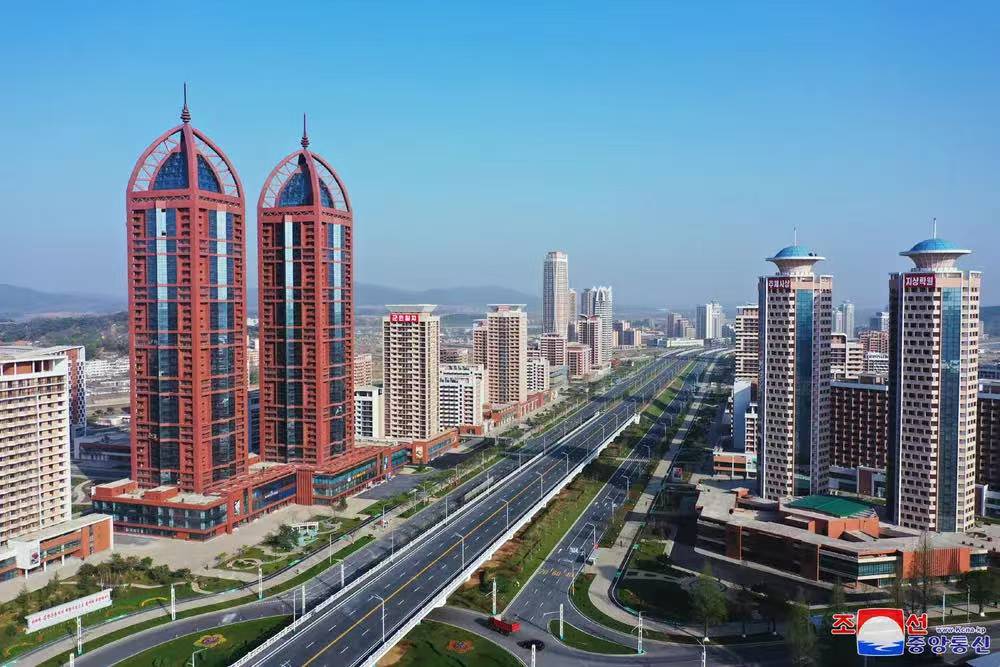


Hwasong District Stage No.2: Rimhung Street
Background of Rimhung Street’s Construction
Having covered Stage No.1 – Hwasong Street, let’s move on to Stage No.2 of Hwasong district: the Rimhung Street.
The groundbreaking ceremony for Hwasong District Stage No.2 took place on 15 February 2023, and the project was completed on 16 April 2024.
It was during the inauguration ceremony of Rimhung Street that the song praising Kim Jong Un – the Friendly Father, which later went viral online, along with his new official portrait, was made public for the first time.
Buildings of Rimhung Street
If Hwasong Street’s style can be described as Juche futurism, which similar to Mirae Future Scientists Street, then Rimhung Street takes on a more realistic and Western-inspired approach.
At first glance, the buildings along Rimhung Street lack both the strict symmetry of Soviet-style architecture and the whimsical, imaginative forms often seen in North Korean design. Nevertheless, during his inspection of the area, Kim Jong Un praised the project, calling the second phase of the Hwasong Dstrict development “well-built, showcasing the unique charm and character of the Korean style.”
Like other new streets in Pyongyang, Rimhung Street features ultra-high-rise buildings. However, compared with the distinctive missile and UFO-shaped twin towers of Hwasong Street Stage No.1, Rimhung Street’s twin towers, which originally planned to be 38 storeys but later extended to 40, appear far more conventional, resembling typical residential high-rises buildings.

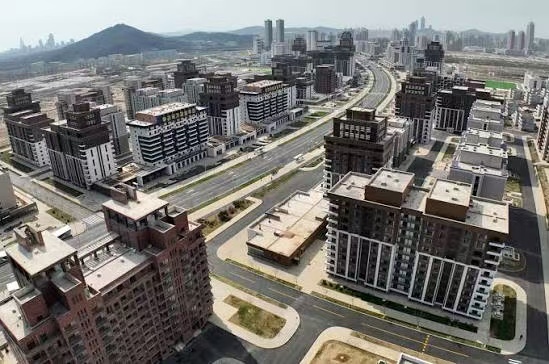
The Hwasong Taedonggang Beer Bar
The highlight of Rimhung Street is without doubt the Hwasong Taedonggang Beer Bar.
Even without understanding Korean, visitors can spot it immediately upon entering Rimhung Street, it’s impossible to miss. Two massive Taedonggang beer bottles stand at the entrance, and the staircase itself appears to wind through a giant transparent draft beer glass. The bar opens daily from 5 p.m. until midnight and starts to come alive around 6 p.m.
Despite its name, the Taedonggang Beer Bar doesn’t just serve the most common varieties of Taedonggang beer. Here you can find all eight versions – from No.1 to No.8 – alongside a selection of imported brews.
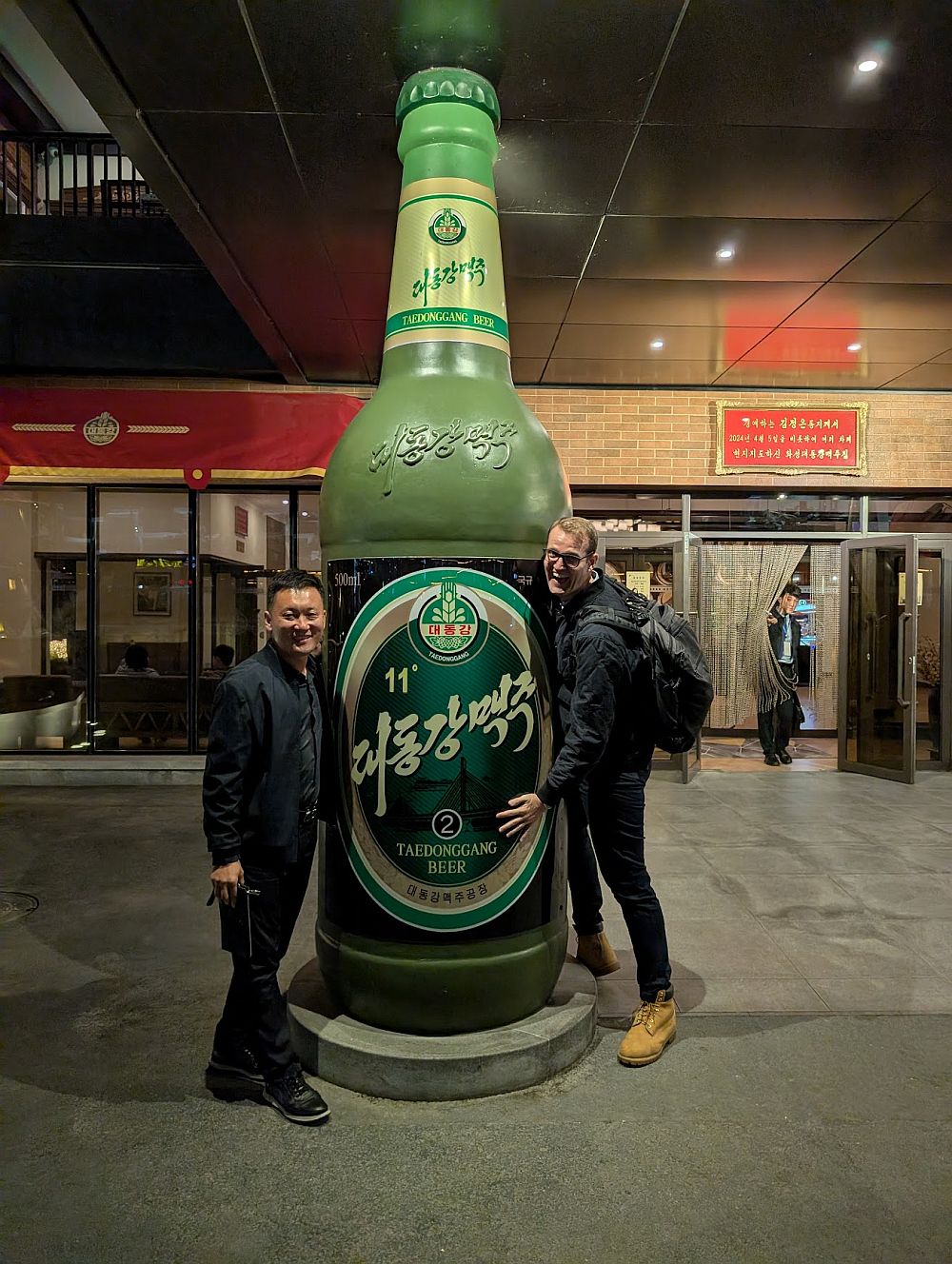
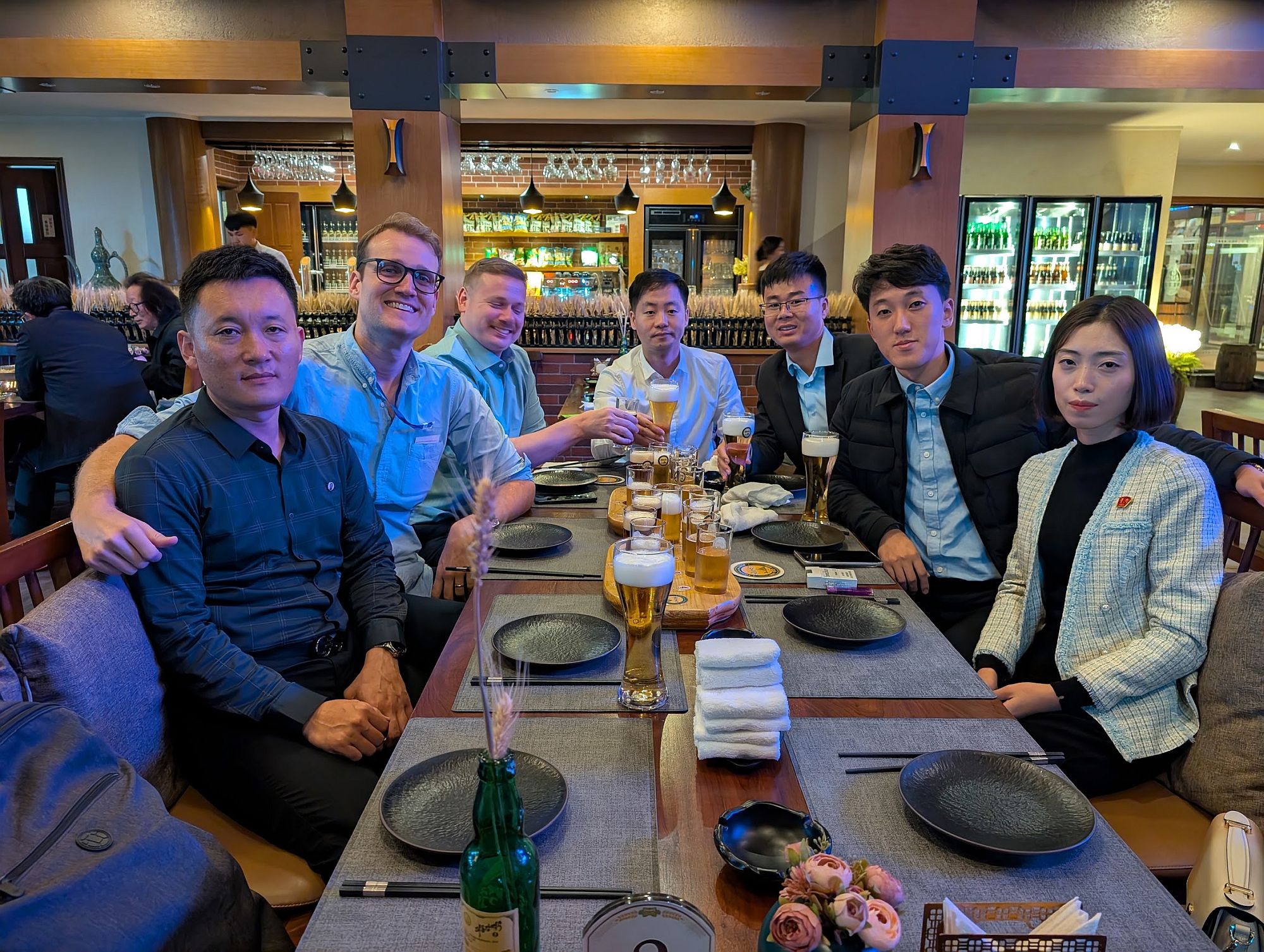
Prices are quite reasonable: a pint of Taedonggang No.1 to No.4 costs around 3 USD, No.5 and No.6 are about 1 USD, and No.7 and No.8 go for around 5 USD. The bar also serves a beer flight with small sliders, giving visitors the chance to sample every option. Beyond beer, the menu offers a wide range of tasty dishes at fair prices, including traditional Korean fare like cold noodles and local favourites such as North Korean–style fried chicken.
Upstairs, there’s an open-air barbecue area, which is especially popular when the weather is mild. Guests can enjoy their drinks while taking in the illuminated night view of Rimhung Street.
Interestingly, a similar establishment exists in North Korea’s Rason Special Economic Zone – the Tumangang Beer Bar. It was built as a replica of the Hwasong Taedonggang Beer Bar. During YPT’s visit to Rason in February 2025, as the first foreign delegation to return after the pandemic, we discovered the bar under construction and raising funds through local bonds. The Rason Tumangang Beer Bar officially opened in August 2025 and is expected to become one of the highlights of future YPT Rason tours.

Hwasong District Stage No.3
Background of Hwasong District Stage No. 3’s Construction
Now, let’s turn our attention to Hwasong District Stage No.3. Interestingly, this phase doesn’t have a special name, it’s simply known as Stage No.3.
The groundbreaking ceremony for Hwasong District Stage No.3 took place on 23 February 2024, with Kim Jong Un personally pressing the button to launch the project. According to Rodong Sinmun on 10 April 2024, the construction was completed in just 40 days.
The inauguration ceremony was held on 15 April 2025, marking the 103rd anniversary of Kim Il Sung’s birth, with Kim Jong Un in attendance.
Buildings of Hwasong District Stage No.3
Naturally, Hwasong District Stage No.3 also features its own cluster of ultra-high-rise buildings. The most prominent is a 53-storey residential tower, with the first three floors dedicated to shops and service facilities. The upper floors are wrapped in massive LED screens that display changing patterns during public events and celebrations.
The most distinctive feature of Stage No.3, however, stands at its entrance: a pair of 17-storey apartment buildings connected by glass skywalks, fitted with a clock beneath. Inside the skywalk corridors there is the Hwasong Kumgang Restaurant, now one of Pyongyang’s trendiest dining spots. Operated by the KKG company, it serves mainly Japanese and Western cuisine and is so popular that reservations are often required during holidays. From the restaurant’s windows, diners can enjoy sweeping views of the bustling street below.
Just beyond the entrance, three other attractions draw plenty of visitors: North Korea’s first computer gaming centre, the Hwasong Amisan Vehicle Service Centre, and the Hwasong Rakwon Barbecue House.
The Hwasong computer gaming centre is equipped with modern computers and is almost always full. Official photos show customers playing classic LAN-connected titles such as the Battlefield series, as well as timeless favourites like Warcraft, Dota 2, CS2, and Resident Evil.
By the end of 2024, Pyongyang introduced a major policy change allowing citizens to purchase private cars, but limited to one per household. Previously, only those with official merits could receive private vehicles with yellow plates. The new registration numbers start from 2000, and as of now, there are over 3,000 privately owned cars in Pyongyang. The Hwasong Amisam Vehicle Service Centre sells both petrol and electric cars, averaging around USD 13,000 per vehicle, and also provides repair services and spare parts.
Finally, the Hwasong Rakwon Barbecue House gained fame after Kim Jong Un and his daughter visited it in April 2025. The two-storey restaurant covers over 4,000 square metres and includes both traditional Korean barbecue and an American-style BBQ section. It offers a range of dining options, from family booths and open seating areas to an outdoor grill terrace popular on warm evenings.
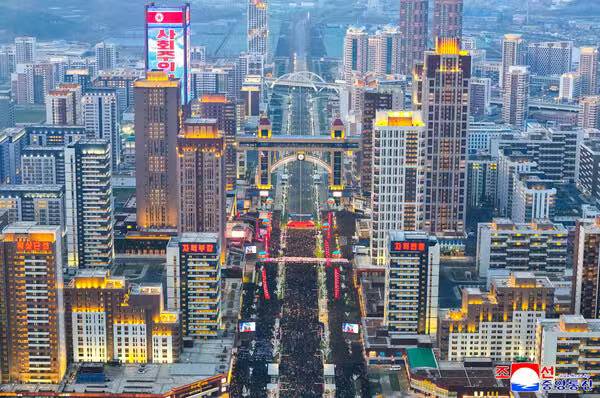

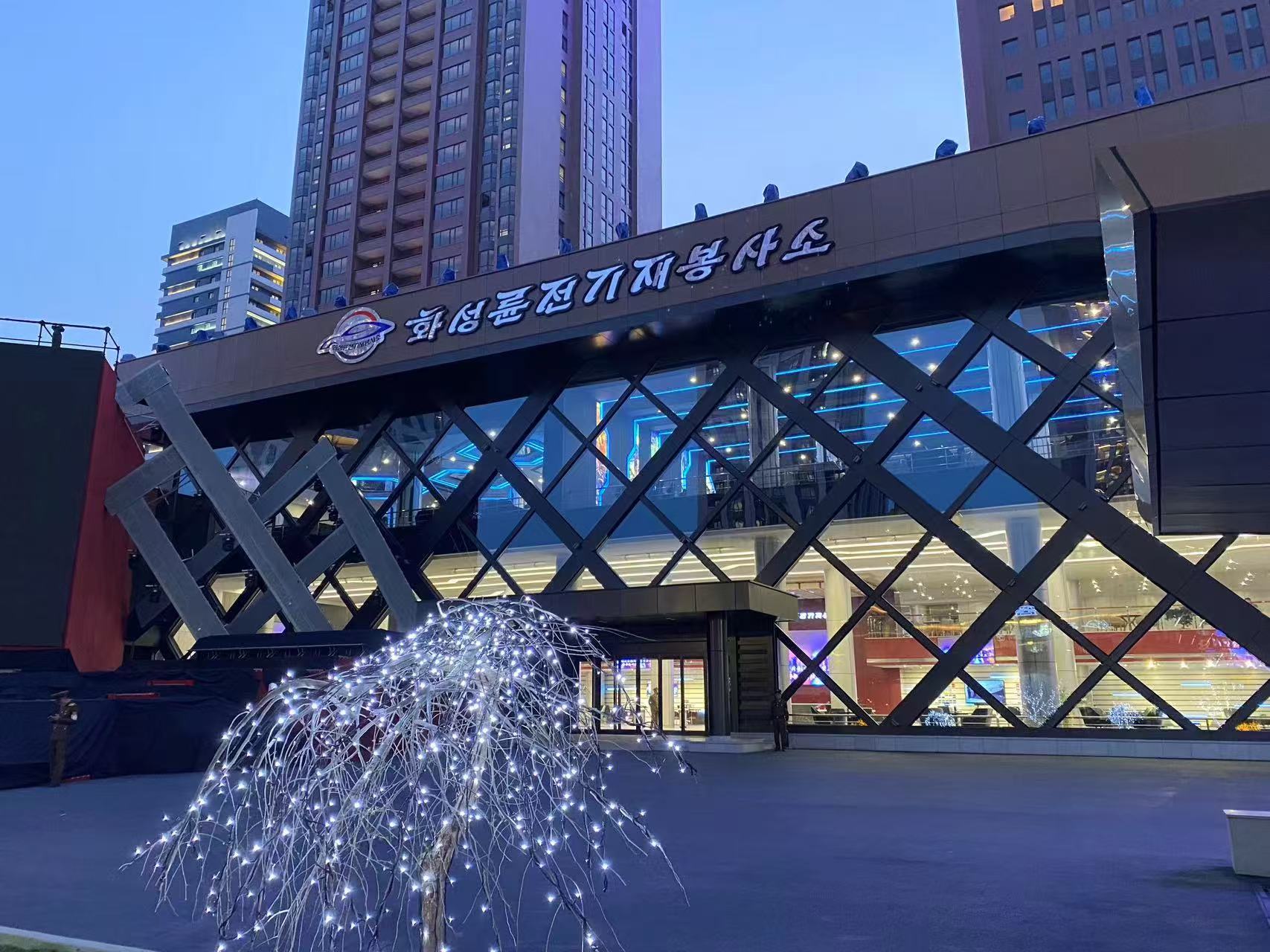
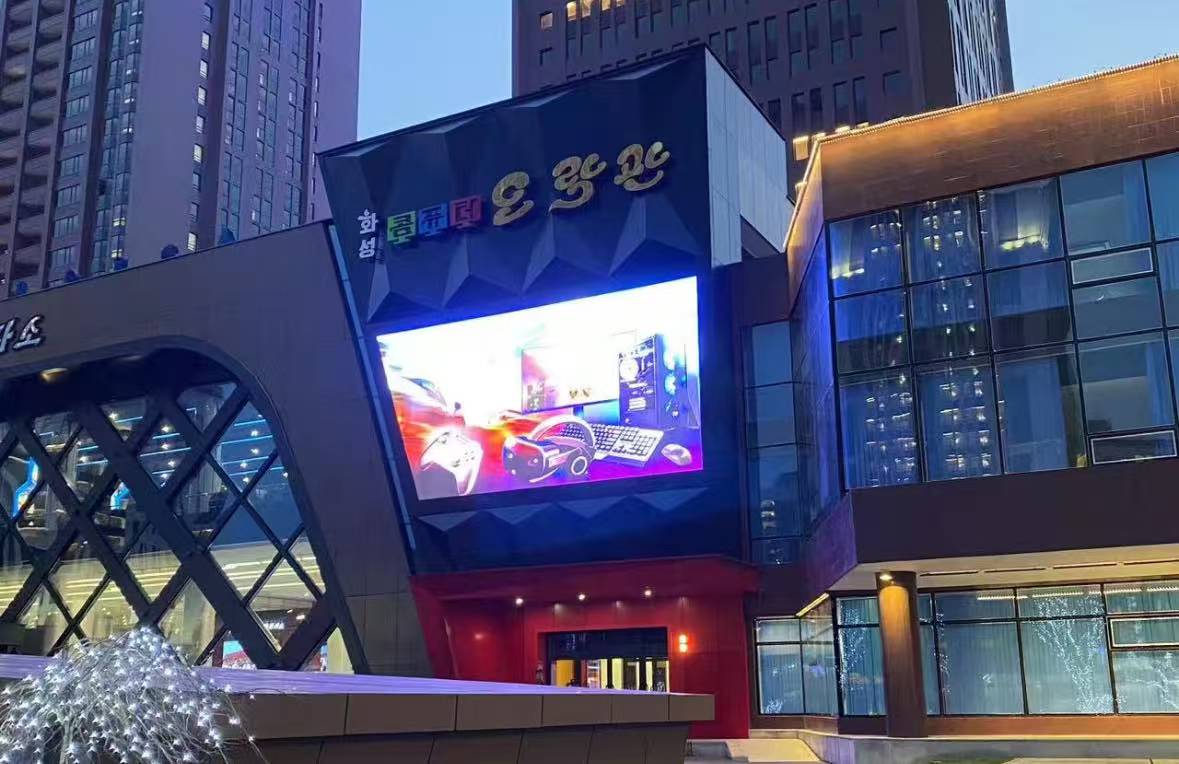


Hwasong District Stage No.4: Saebyol Street
Background of Saebyol Street’s Construction
In 2024, during his inspection of Rimhung Street, Kim Jong Un personally proposed the construction of Hwasong District Stage No.3 and Stage No.4.
On 16 February 2025, the 83rd anniversary of General Kim Jong Il’s birth, Kim Jong Un attended the groundbreaking ceremony for Hwasong Street Stage No.4.
Later, this street was officially named Saebyol Street, meaning “the street of new stars.” The name was chosen to commemorate the North Korean People’s Army expeditionary unit that had been dispatched to Kursk to take part in the war in Ukraine.
Buildings of Saebyol Street
In April 2025, North Korea announced plans to build a monument in Pyongyang to commemorate the Battle of Kursk, though the location was initially undecided. By late August, it was revealed that residential buildings for the families of North Korean soldiers who had taken part in the war in Ukraine would be constructed in Hwasong District Stage No.4, later named Saebyol Street.
In October, a groundbreaking ceremony was held at the site, where Kim Jong Un declared that the Monument to the DPRK Overseas Combat Forces, along with a War Participation Museum and a Martyrs’ Cemetery, would be built here. The development aims to symbolise that the soldiers will remain forever close to their families and loved ones.
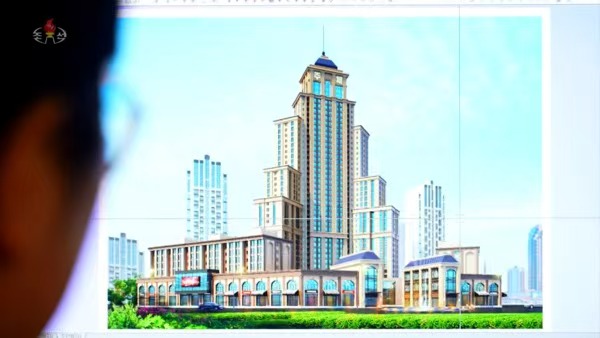
Conclusion
Hwasong District is set to become one of the most striking highlights of North Korea once the country reopens for tourism. Across its different streets, visitors can witness the nation’s progress and achievements during the pandemic years and see a new peak in Pyongyang’s modern urban development.
Check out YPT’s North Korea tours to learn more about opportunities to visit Hwasong District and Hwasong Street.




